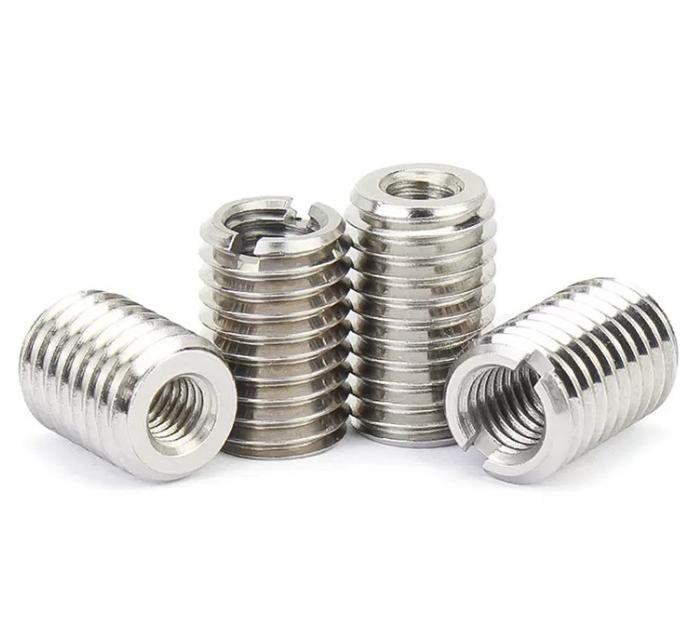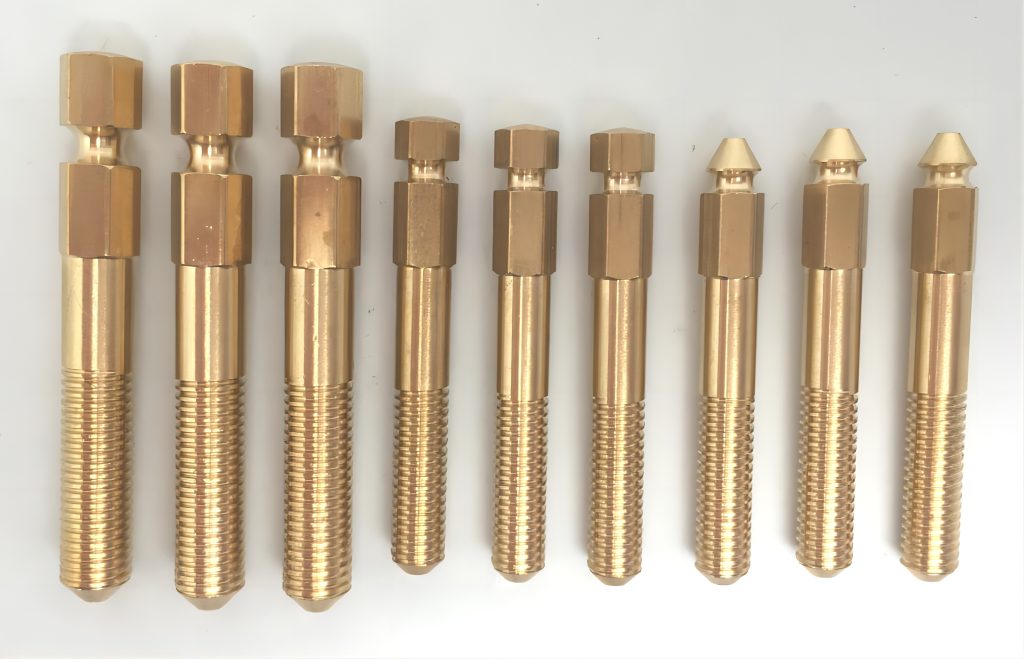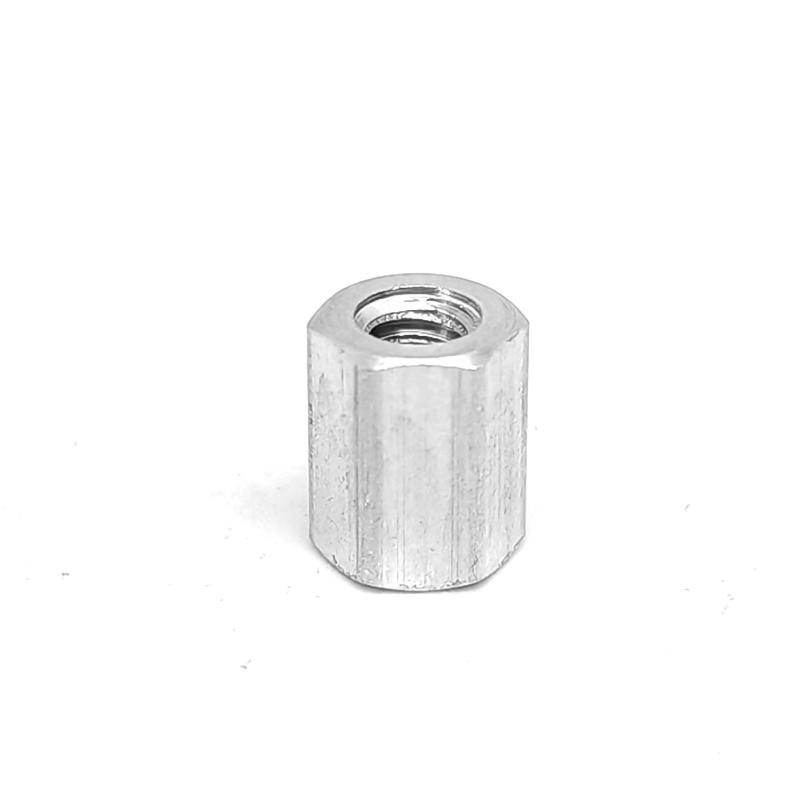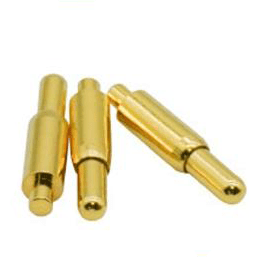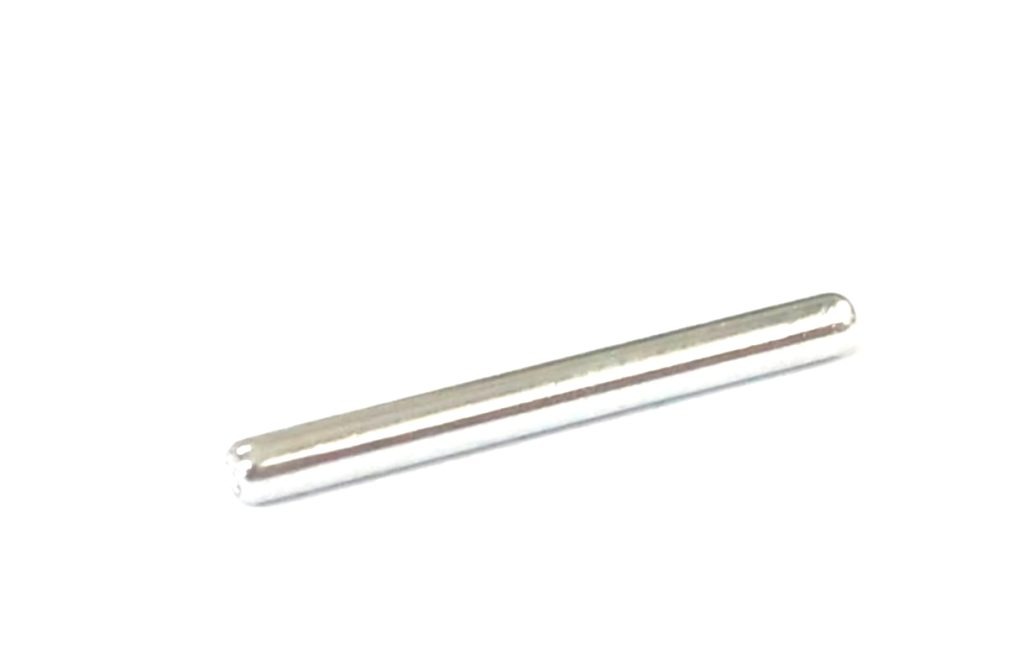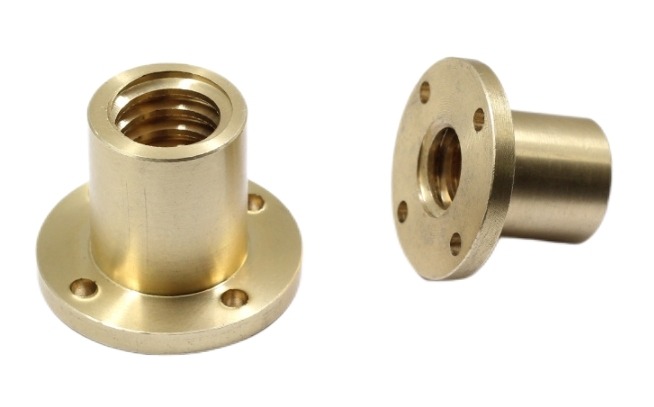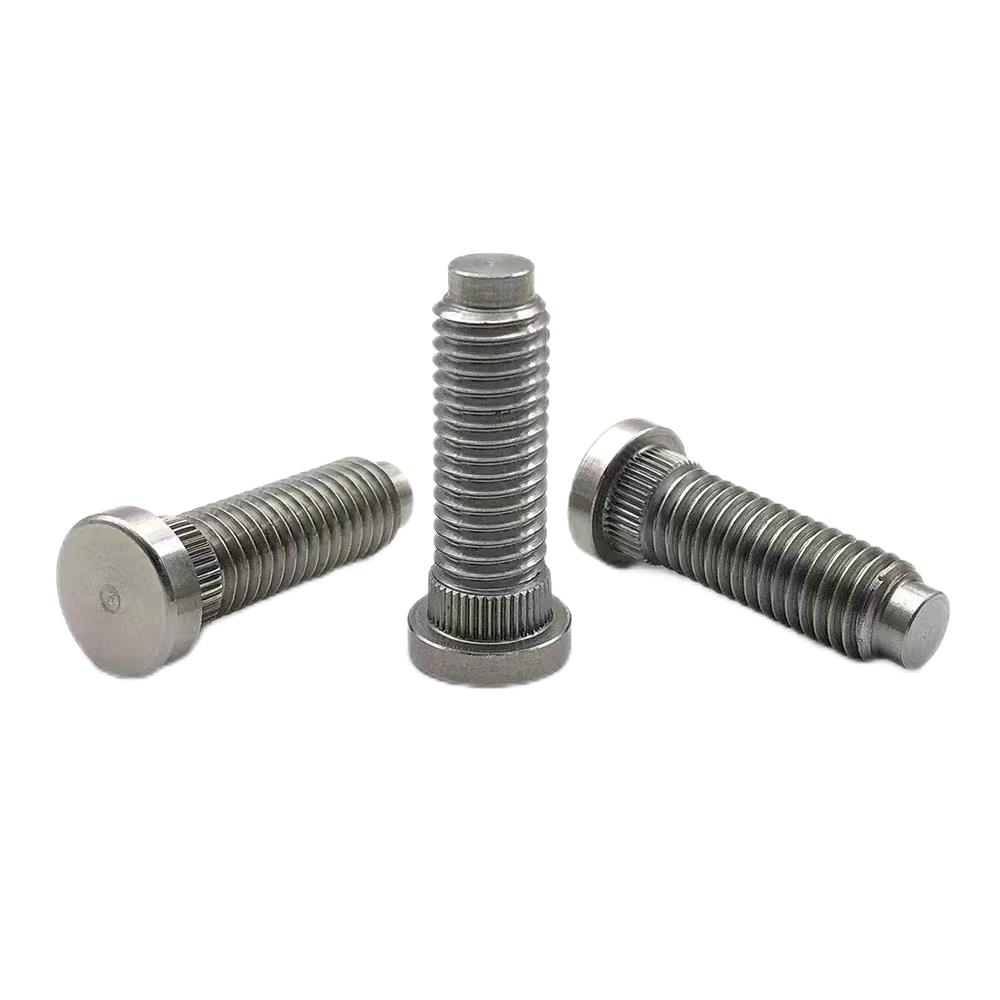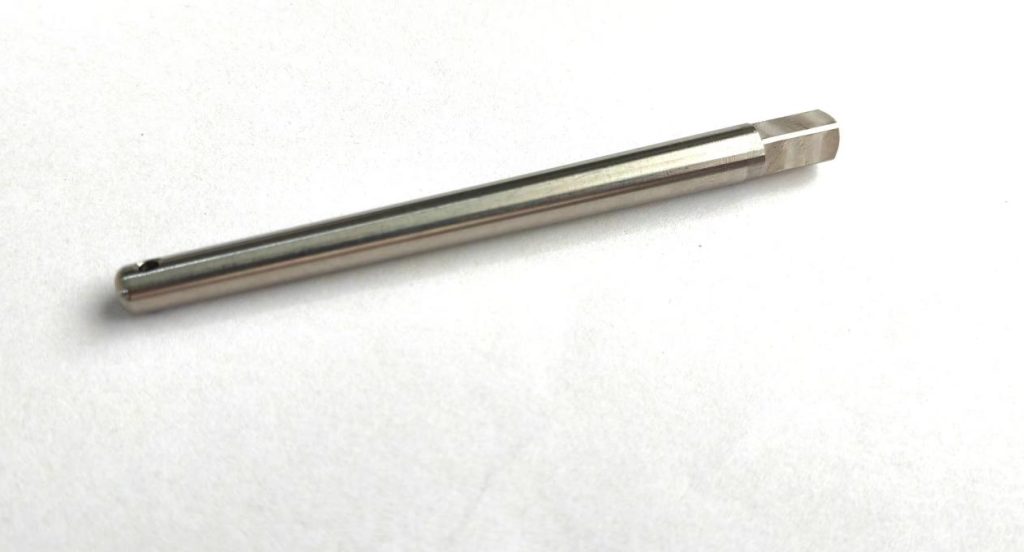What are the Common Thread Machining Tools: How to Choose the Right One
In the realm of mechanical engineering, screw threads play a pivotal role as they serve as the connective tissue binding various parts together. To ensure the precision and quality of these threads, specialized tools are employed in their manufacturing process. This essay aims to delve into the types, characteristics, and selection methods of common thread machining tools, offering a comprehensive understanding of their practical application.
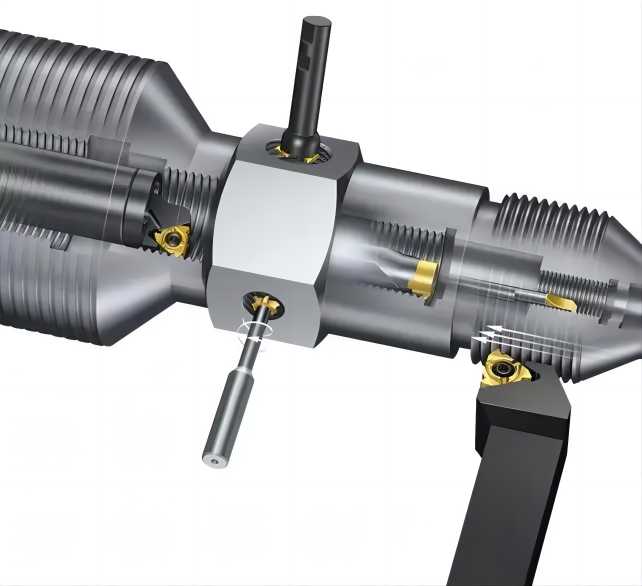
Common Types of Thread Machining Tools
The world of screw thread processing offers a diverse selection of tools, each catering to specific needs and applications. Let’s explore some of the most commonly encountered tools:
- Taps: These workhorses of thread processing are essentially threaded screws with cutting flutes. They are used to create internal threads in pre-drilled holes. Taps come in two primary varieties:
- Manual Taps: Designed for hand operation using a tap wrench, these taps are ideal for small-scale projects, repairs, and situations where accessibility is limited. They offer a simple and user-friendly experience, but their efficiency is lower compared to machine taps.
- Machine Taps: Built for integration with drilling machines and CNC equipment, these taps offer significantly increased processing speed. Their design allows for higher torque application, making them suitable for larger-scale production and high-volume thread cutting.
Regardless of the type, taps share some common characteristics. Their structure is relatively simple, consisting of a shank for gripping, a square or hexagonal drive for turning, a tapered leading section for initial thread formation, and cutting flutes that remove material to create the final thread profile. However, taps require regular replacement due to the wear and tear on their cutting edges during the processing operation.
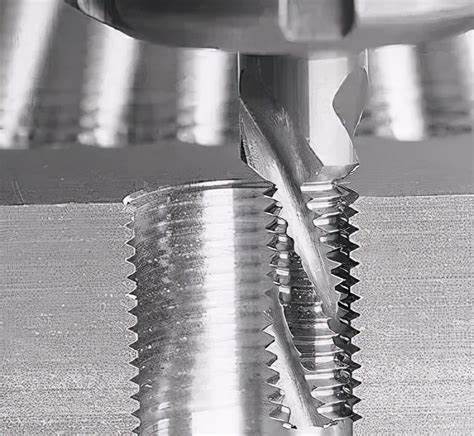
- Dies: While taps reign supreme in the realm of internal threads, dies take center stage for processing external threads. These tools resemble a threaded nut with a split section and internal cutting teeth. Dies are typically used in conjunction with a die stock, a specialized tool that holds and guides the die during operation. They excel at creating external threads on rods, pipes, and other cylindrical workpieces. Here’s what sets dies apart:
- High Processing Efficiency: Unlike taps that require multiple passes, dies can often create a complete thread in a single rotation, making them a time-saving solution for high-volume production.
- Limitations: Due to their open design, dies are not suitable for creating threads in enclosed spaces or on blind holes. Additionally, the chips generated during the cutting process need to be removed promptly to avoid affecting the thread quality.
- Thread Rolling Dies: When high-precision and high-efficiency thread production is paramount, thread rolling dies enter the scene. This innovative approach utilizes a pair of matching dies with opposing thread profiles. The workpiece is squeezed between these dies, plastically deforming the material to create the desired thread form. Thread rolling dies offer several advantages:
- Mass Production Marvels: They excel in large-scale production environments, enabling the creation of multiple threads simultaneously without interruptions, significantly boosting production speed.
- Precision Powerhouse: Thread rolling offers excellent dimensional accuracy and surface finish, making it ideal for applications demanding high precision.
However, thread rolling dies come with some limitations. They require specialized machinery that can generate the immense pressure needed for the rolling process. Additionally, the high forces involved can generate significant vibrations, necessitating equipment with high stability to maintain consistent thread quality.
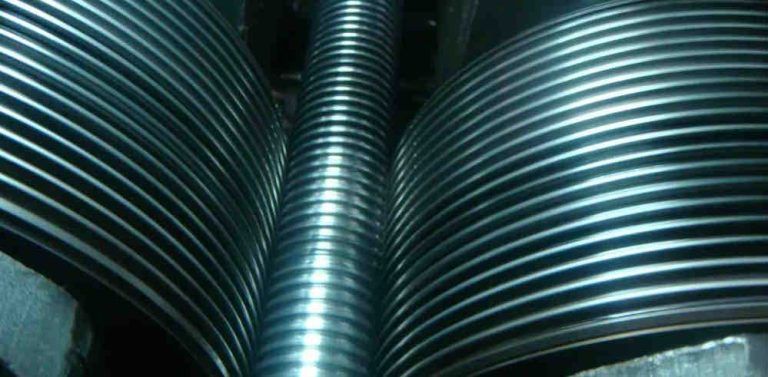
- Thread Turning Tools: For applications requiring exceptional precision and control over the thread profile, thread turning tools take the lead. These tools are essentially lathe tools specifically designed for turning internal and external threads on a lathe. They come in various configurations, including:
- Single-Edged Thread Turning Tools: These offer a simple design with a single cutting edge dedicated to a specific thread profile. They are well-suited for high-precision work but may be less efficient for large-scale production.
- Multi-Edged Thread Turning Tools: Featuring multiple cutting edges on a single insert, these tools provide faster processing times compared to single-edged tools, making them more suitable for high-volume production environments.
- Thread Milling Cutters: When intricate thread profiles or high production volumes demand a versatile solution, thread milling cutters emerge as a powerful option. These specialized milling tools feature cutting edges designed to generate the desired thread form as they rotate on a CNC milling machine. Thread milling cutters offer several compelling advantages:
- Flexibility Champion: Unlike thread turning tools dedicated to specific thread profiles, thread milling cutters can handle a wider range of thread forms, including complex shapes and non-standard threads. This makes them ideal for projects with diverse thread requirements.
- Efficiency Powerhouse: Thread milling allows for high processing speeds and can create multiple threads simultaneously on certain workpieces, contributing to increased production efficiency.
- Precision Performer: Thread milling delivers excellent dimensional accuracy and surface finish, making it suitable for applications demanding high precision.
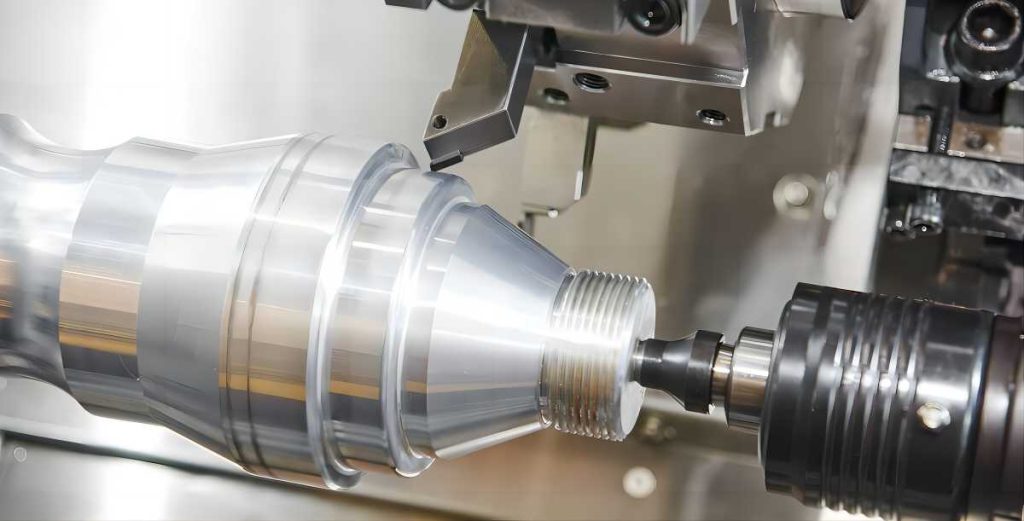
Factors to Consider When Choosing Screw Thread Machining Tools
Selecting the most appropriate screw thread processing tool hinges on several crucial factors:
- Workpiece Material: The properties of the workpiece material significantly influence the choice of tool. Harder materials often require more robust tools with wear-resistant cutting edges. Conversely, softer materials may allow for the use of less expensive tools. Additionally, the material’s machinability plays a role. Brittle materials may require specialized tools or techniques to avoid cracking or chipping.
- Thread Type and Size: Different thread types (e.g., straight thread, tapered thread) and sizes necessitate different tool geometries. Ensure the chosen tool matches the specific thread profile and dimensions required for the application.
- Production Volume: High-volume production environments benefit from tools offering faster processing speeds, such as thread rolling dies or thread milling cutters. Conversely, for small-scale projects or one-off jobs, manual taps or dies might be sufficient.
- Workpiece Material and Hardness: Similar to the point above, the material and hardness of the workpiece influence tool selection. Harder materials may necessitate more durable tools like thread turning inserts specifically designed for challenging materials.
- Cutting Speed and Feed Rate: These parameters significantly impact processing efficiency and surface finish. The chosen tool material and workpiece material dictate the appropriate cutting speed and feed rate for optimal results. Selecting the right combination ensures efficient processing while maintaining the desired thread quality.
By carefully considering these factors, you can make an informed decision that optimizes thread processing efficiency, cost-effectiveness, and ultimately, the quality of the final product.
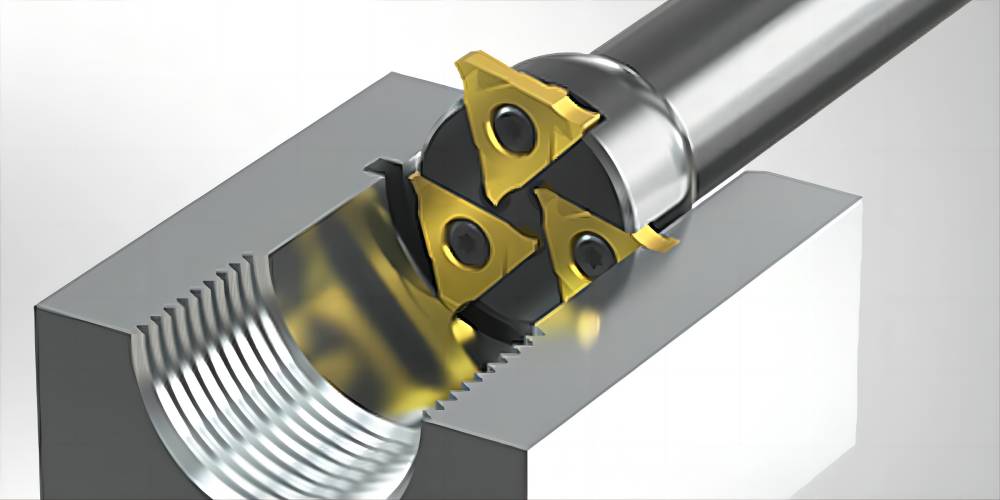
Conclusion
Screw thread machining tools play a vital role in ensuring the smooth operation and long-term durability of countless mechanical assemblies. By understanding the different types of tools available, their characteristics, and the key factors influencing tool selection, manufacturers can make informed decisions that optimize their thread processing efficiency and contribute to the success of their products. As technology continues to evolve, the future of screw thread processing promises even more innovative tools and techniques, further enhancing the capabilities of this essential manufacturing process.

